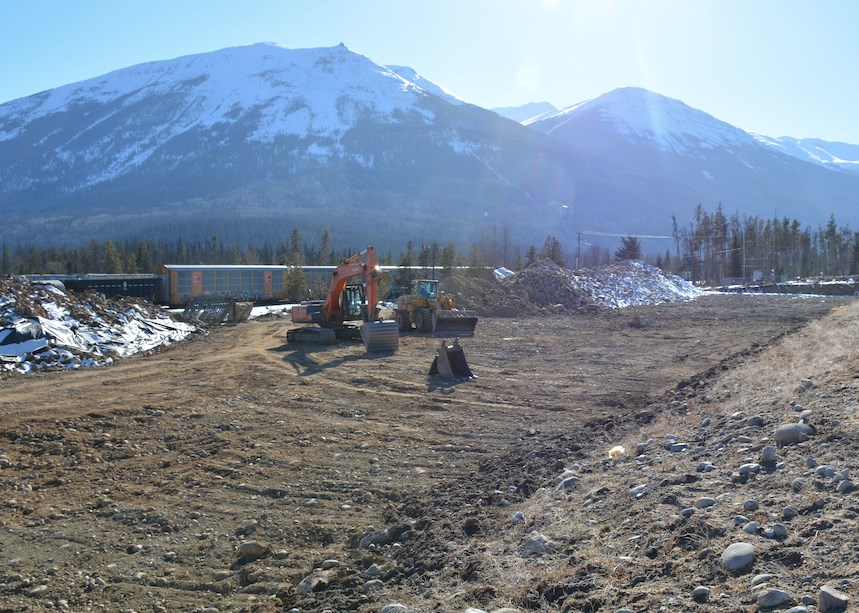Scott Hayes | [email protected]
Local Journalism Initiative Reporter
Close to 100 people came to offer their input and learn about land-use planning and development during two public consultation sessions at the Forest Park Hotel on March 16.
Hosted by Parks Canada, the sessions marked the first step for the agency to gather information and comments on managing commercial development, protecting ecological integrity, residential project approvals and community planning in the Municipality of Jasper, including preserving the unique character of the town.
“During this information session, we want to get your perspectives on how land-use planning and development services are currently delivered in the town of Jasper, and to seek your opinion on what priorities to consider if a new operating model is to be developed,” said Jasper National Park Superintendent Alan Fehr during his opening remarks to the attendees at the afternoon session.
This process is in response to the municipality’s request to Parks Canada last year to consider expanding the municipality’s services to include some responsibility for land-use planning and development within the town boundaries.
Currently, these services are delivered by Parks Canada under the Canada National Parks Act throughout Jasper National Park, including within the town boundaries.
Fehr spoke of how Parks Canada manages all of the natural parks in trust for all Canadians.
“Our priority is to ensure these special places can be enjoyed by the present and future generations,” he said.
Jasper National Park is indeed a special place, he continued, noting its size as the largest national park in the Canadian Rockies, a UNESCO World Heritage Site and the world's largest Dark Sky Preserve, as well as being a core protected area in the Yellowstone-to-Yukon corridor, among other distinctions.
As wonderful as all that is, that makes each step into the future even more precarious, he added, saying, “This uniqueness is not without its challenges.”
Those challenges include how space is at a premium combined with a lack of housing. Jasper is not going to grow exponentially in land area, population or commercial development, he said, because the national park requires that. It stands apart from other communities that seek to attract greater economic development.
“In fact, as I recall, one participant mentioned during a previous round of consultations, Jasper does not have a land problem; it has a land-use problem.”
Daniel Mercer, the national office manager in charge of these consultations, said that Parks Canada has been working with the municipality since the request was put forth last summer. It won’t be a speedy process, he remarked, because of the care it will take to do it properly for the long run.
“At this point, a new model hasn't been developed or decided yet. Right now, for example, we don't know from whom you would get a permit or how it would impact your municipal taxes, if you’d get a permit faster, what municipal bylaws would need to be adopted, or the contents of them, the fees you’d pay, or even if the land-use restrictions would change. We don't really want to propose a solution before defining what the problem is first,” he said.
Members of the public still have the opportunity to offer their feedback to help Parks Canada determine whether or not an alternative land use planning delivery model should be explored. People can visit to submit their thoughts.
Afterward, Parks Canada will produce a What We Heard report. Mercer suggested that would happen sometime around June or July this year.




